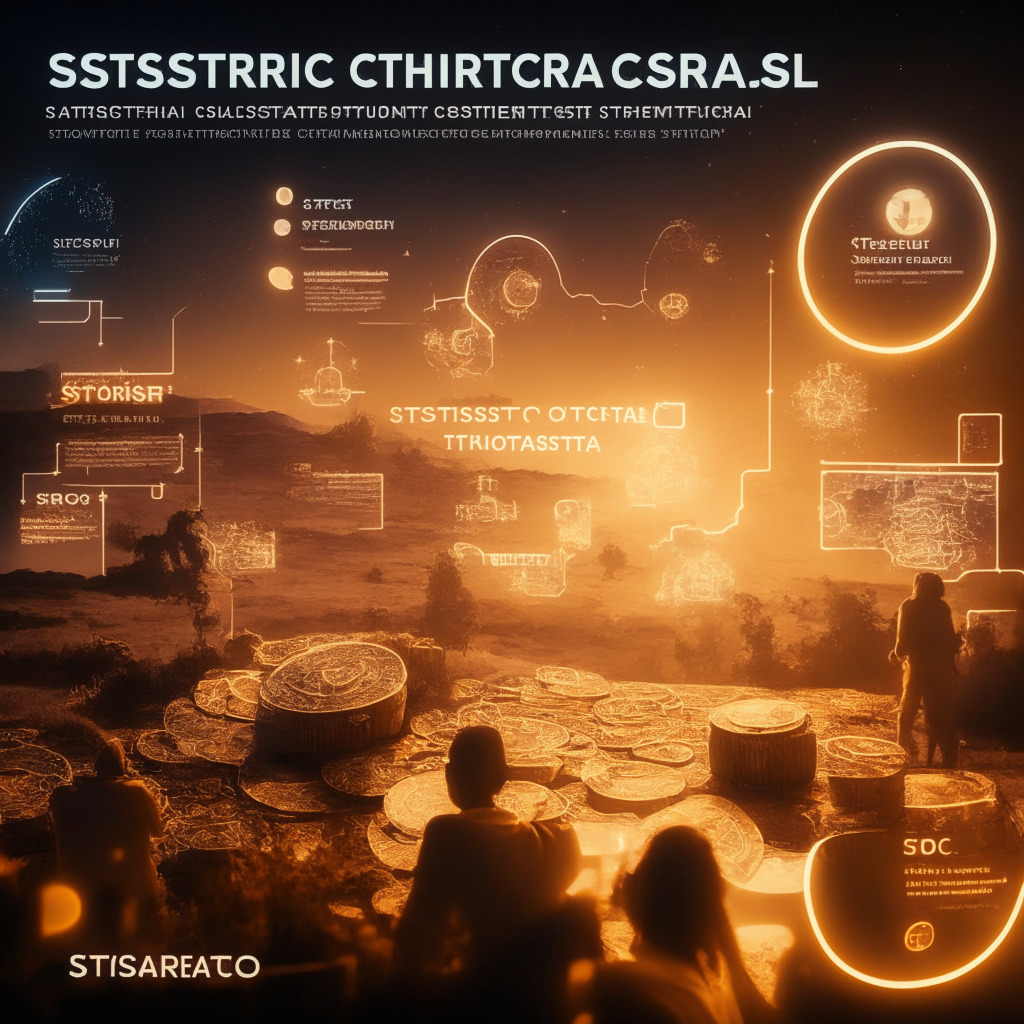“Credit predates currency and has been pivotal since the ancient civilization of Sumer. Today, credit remains the crux of all finance, an integral part in shaping strategies based on the prediction of future financial states. If anything, credit is the true lifeblood of the global economy.
However, the current landscape seems full of challenges. An unmet demand for finance looms, brought about by a credit crunch as the broader economic outlook worsens. This $2 trillion gap is particularly hard on small and medium enterprises (SMEs), often the most in need of financial support. Capital providers, unable to conduct comprehensive due diligence for SME debt, adopt conservative lending strategies, focusing their attention, and their loans, on high-quality borrowers.
This strategy might keep the default rates low, but it leaves many borrowers high and dry. Enter blockchain technology. Promising to revolutionize how financial assets are traded, this technology presents the potential to “tokenize” real world assets (RWA) – to represent them on-chain as digital tokens. This includes tangible, intangible, or financial assets.
The tokenization industry is growing at a remarkable rate, expecting to reach valuations of $3-$5 trillion by 2030. Big players such as JPMorgan and BlackRock appears to be quite interested, with real estate and equities currently reigning as the predominant forms of tokenized assets. The pros of this process are manifold – enhanced liquidity, rapid settlement, reduced costs, and superior risk management of financial assets.
Bringing enough liquidity to the credit market could ameliorate the current shortcomings, particularly benefitting SMEs and economic growth. But there is a hitch. The current form of tokenization leaves out a lot of detail, misrepresenting the granularities of assets. These include financial obligations, liabilities, and cash flows.
A more thoughtful, standardized tokenization process needs to be adopted. Tokenizing financial assets should involve not only digitizing the asset but also defining its underlying cash flows and liabilities. By using standardized financial asset standards, these details could be incorporated at the code level, making them machine-readable.
Doing so could potentially increase efficiency and transparency, allowing the economy to operate more effectively. It could unlock tremendous liquidity across various industries, and more crucially, leave a wide range of credit options that the SMEs could tap into.
This approach to tokenization could strengthen financial markets, significantly reduce the risk of future financial meltdowns, and ensure the survival of SMEs. Until we see this, however, the blockchain technology will not have fully served its purpose, leaving the finance industry open to the vulnerabilities of the past.”
Source: Coindesk




